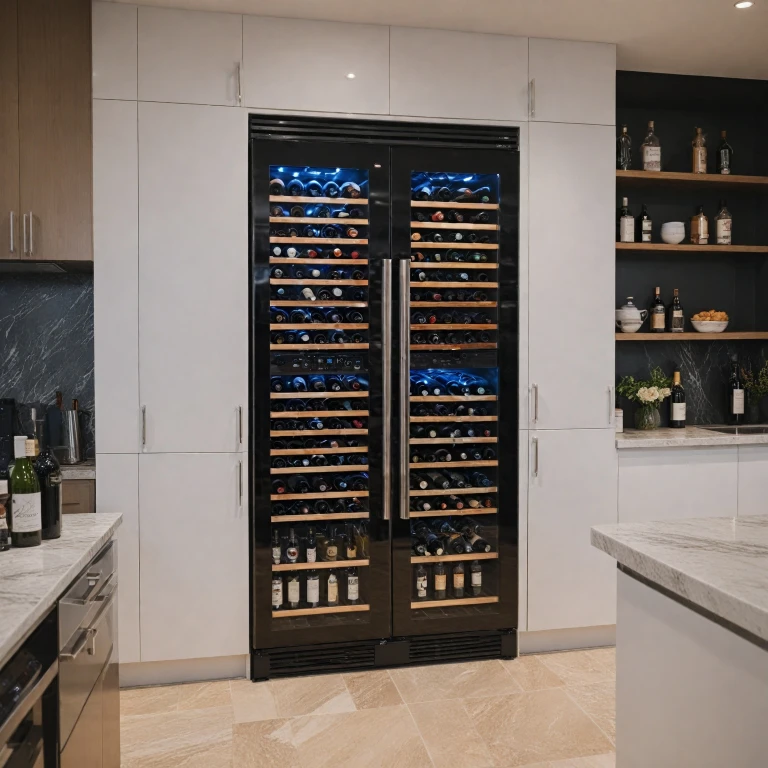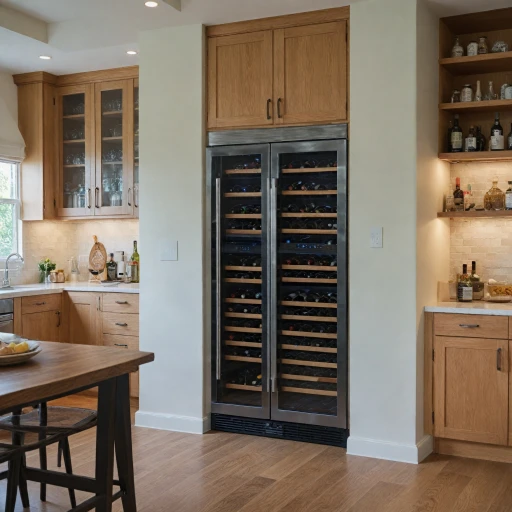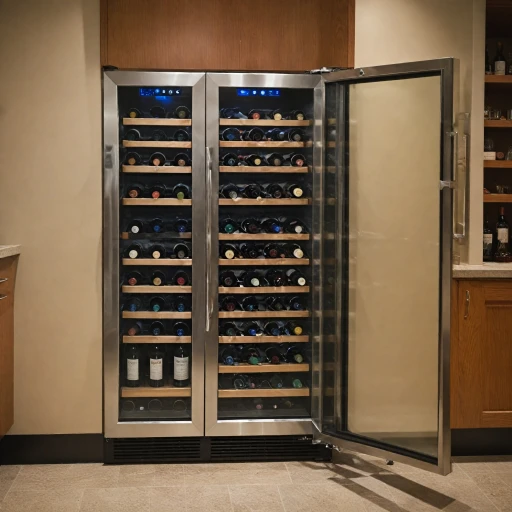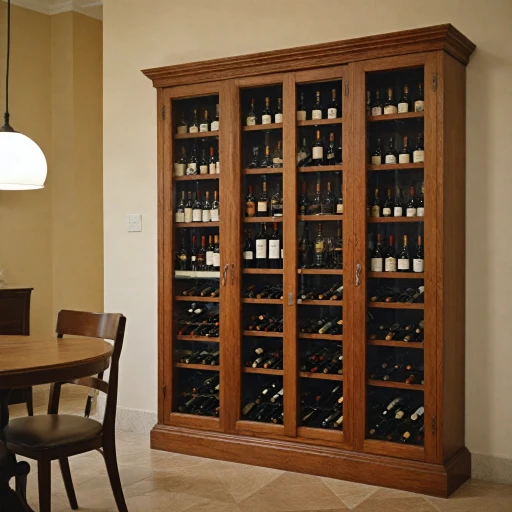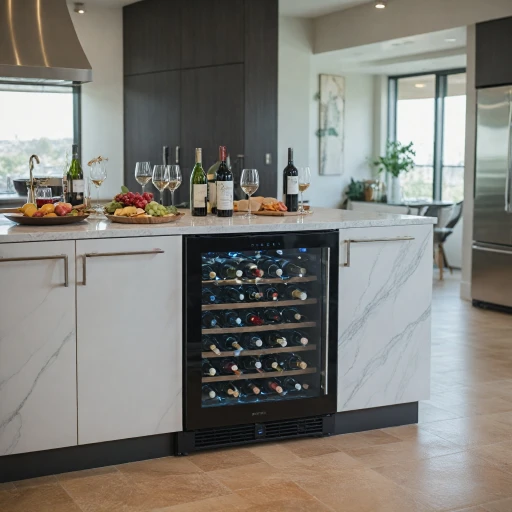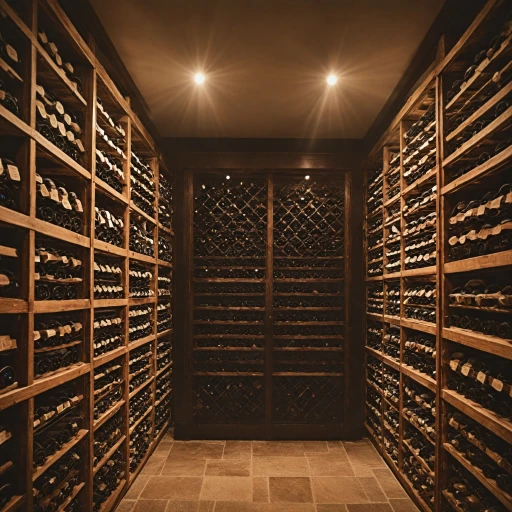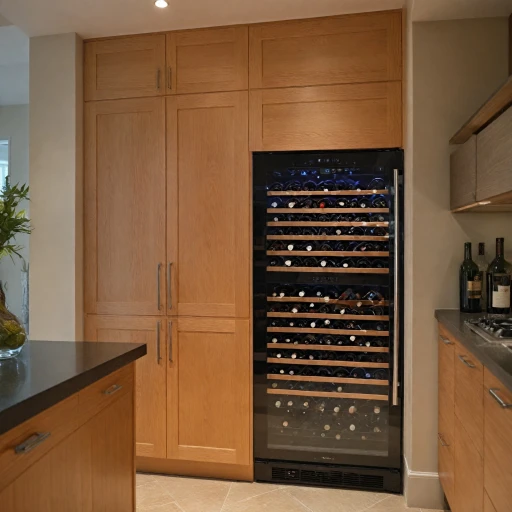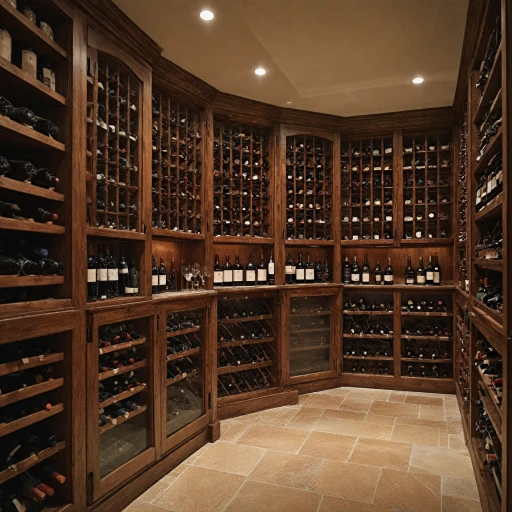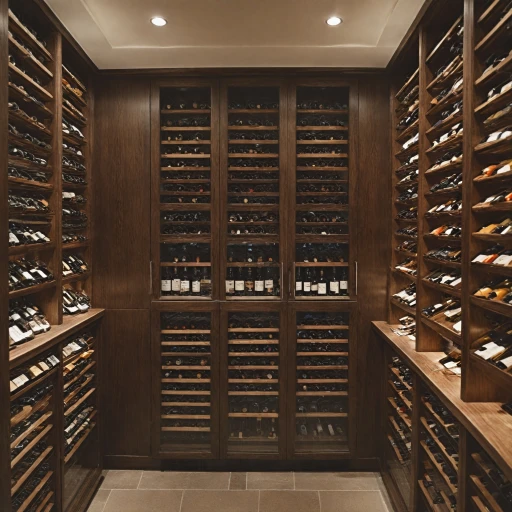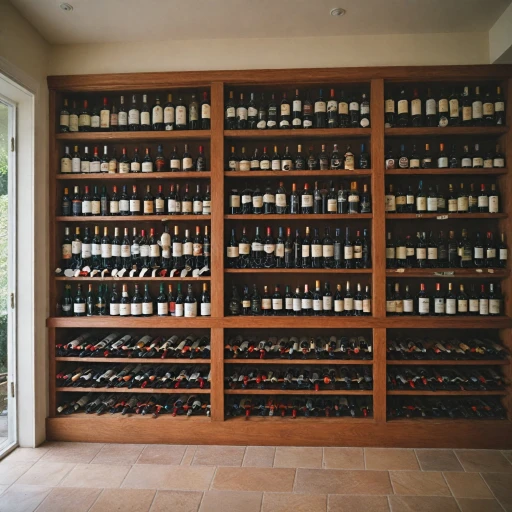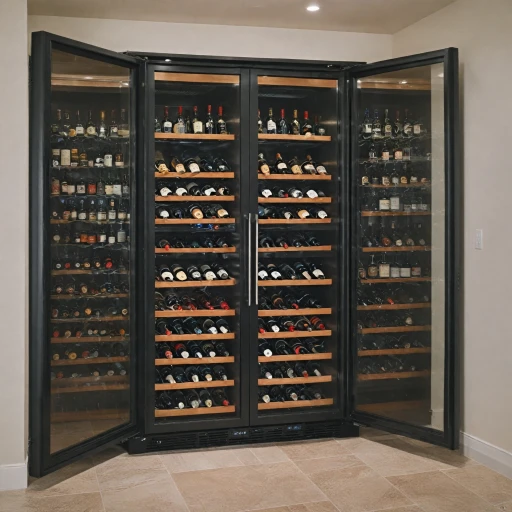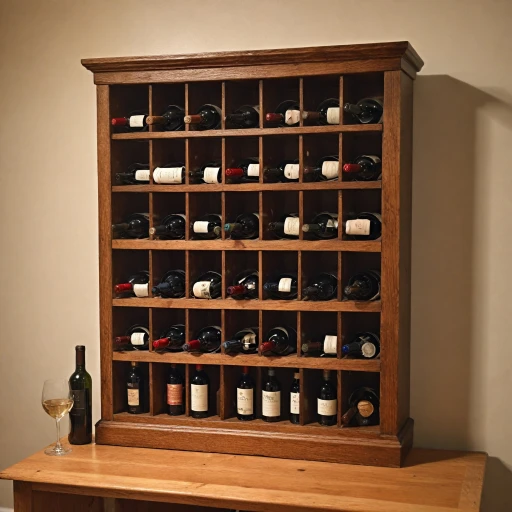
Understanding Wine Fridge Dimensions
Grasping the Dimensions of Wine Fridges
Choosing the right dimensions in a wine fridge is crucial, whether you’re a collector or simply enjoy having a few favorites on hand. Wine coolers come in a variety of sizes, from compact single bottle solutions to larger dual zone refrigerators that can store a multitude of bottles.
Start by understanding the basics of wine refrigerator sizes. Smaller units, perfect for those just starting a collection, can typically hold between 6 to 20 bottles and are ideal as a freestanding wine unit or built into your counter. On the other hand, larger models can store upwards of 100 bottles, suitable for more serious collectors who have the room to accommodate them.
Each wine fridge consists of various components like doors, shelves, and temperature control mechanisms, which affect their overall size. Many modern designs feature sleek stainless steel finishes and can be panel ready to blend seamlessly with existing cabinetry. Consider whether a single zone or a dual zone wine fridge best suits your cooling needs, as this could also impact your size requirements.
For those exploring unique storage solutions, some fridges are versatile enough to act as both wine and beverage units, offering customizable storage options. Before making a purchase, it's important to think about both current and future wine storage plans. A good starting point is investigating the perfect cooling unit for your compact wine cellar to ensure the dimensions align with your space and collection size goals.
Assessing Your Wine Collection Needs
Assess the Requirements of Your Wine Collection
When determining the appropriate size for your wine cooler, it's crucial to evaluate your wine storage needs. Your collection's requirements can significantly influence not only the fridge's capacity but also its internal configuration and cooling zones.
For wine collectors with a particular focus on red wines, offsetting the cooler's temperature to suit the preservation characteristics of red wine is essential. Opt for a single or dual zone fridge that gives you the flexibility to store wines at varied temperatures. Typically, a dual zone wine refrigerator allows you to designate coolers for different types of wines, ensuring red and white are stored optimally.
If your wine collection includes an expansive number of bottles, you should closely consider the size and configuration of the interior storage. Some wine fridges are designed with adjustable shelves, which allow room for larger or irregularly-shaped bottles. Additionally, freestanding wine coolers often have a larger capacity compared to their built-in counterparts, though they may require more space in your home.
Remember that the material of the wine fridge can impact its thermal stability. A stainless steel frame on a built wine fridge provides durable insulation and maintains an ideal temperature. Evaluate whether you prefer panel-ready design to seamlessly integrate into existing cabinetry or a more standard side wine counter solution.
In summary, underscoring the specific needs of your wine collection is imperative in selecting the correct size for your wine storage solution. By ensuring these factors align with your personal preferences and available space, you can protect your wine investments efficiently.
Space Considerations for Wine Fridges
Considering Where Your Wine Fridge Will Live
When embarking on the journey of selecting a wine fridge, the space it will occupy is an essential factor to consider. Ensuring the fridge fits seamlessly into your designated area while maintaining its functionality can make all the difference in preserving your precious wine collection. Space allocation comes down to understanding your room's layout and the dimensions of the wine fridge you have eyed. You will want to measure the available spot while keeping in mind that your fridge will need a bit more room than its base dimensions should account for, especially if it is freestanding. This extra space ensures airflow and optimal performance. For those with limited space, counter wine coolers, or under-the-counter options might be suitable. They offer convenient accessibility while not overwhelming the existing kitchen or bar layout. If you're looking at larger collections, full-sized single zone or dual zone wine refrigerators might be more appropriate choices. Moreover, how the fridge integrates with your home's style matters. A stainless steel door or sleek black finish can complement contemporary settings, whereas wooden fronts might blend well with more traditional décors. Do not overlook the importance of the door swing. Whether your fridge has a right-side or a left-side door may impact its placement, especially in tight spaces. Built wine coolers are often panel ready, allowing for greater customization that can align with your cabinetry. Freestanding models, on the other hand, offer versatility in placement but might require a bit more room for efficient operation. Finally, it's critical to note that if your designated place is in a garage or an exterior space, consider whether the wine fridge can adequately maintain its internal temperature amidst fluctuating external temperatures. For in-depth advice on where and how to place your wine fridge, delve deeper into the essentials of a wine cellar cooling unit.Energy Efficiency and Wine Fridge Sizes
Efficiency Matters When Picking Wine Storage
Energy efficiency is crucial when considering the size of your wine fridge. Not only does it affect your environmental footprint, but it also impacts operational costs over time. Whether you're considering a single zone wine refrigerator or a dual zone model, understanding how size influences energy use will guide you to a more sustainable option.
Smaller fridges, such as those designed to store a limited number of bottles, generally consume less energy. This is ideal if you have modest storage needs or limited space. On the other hand, larger units, which offer extensive capacity for your wine collection, might use more energy, but they are equipped with features that enhance their overall efficiency.
Consider models with stainless steel doors, which provide better insulation and contribute to maintaining consistent temperature levels within the storage compartments. Dual zone models, although larger, allow you to save energy by enabling different temperature settings for distinct types of wine. This is a great way to optimize how you store your reds and whites simultaneously while reducing overall consumption.
Moreover, built-in wine storage solutions have the advantage of fitting snugly within your cabinetry, which can help with maintaining consistent cooler temperatures and reducing energy usage, especially when compared to freestanding units. Opt for panel ready options for a seamless look that doesn’t just prioritize style but also complements your energy-efficient choices.
Choosing an efficiently-built wine cooler is as much about the environment as it is about operational savings. Before making a purchase, weigh the benefits of the wine fridge choices you have access to, whether you're considering a wide variety of wine beverage coolers or targeting a compact, counter wine solution.
Popular Wine Fridge Sizes and Their Benefits
Exploring Common Wine Refrigerator Sizes and Their Advantages
When selecting the perfect wine fridge for your collection, it's important to consider popular sizes available on the market. Each size offers distinct advantages, catering to diverse wine storage needs. Here's a brief overview:- Small Wine Fridges: These compact coolers, often holding between 12 to 25 bottles, are ideal for those with limited space or smaller collections. Their small size and energy efficiency make them a great starting point for new collectors.
- Medium Wine Refrigerators: With capacities ranging from 26 to 50 bottles, these fridges serve well for moderate collections. Available in single or dual zone options, they offer flexibility in storing both reds and whites at optimal temperatures.
- Large Wine Coolers: Such units can store 50 to 100 bottles, serving aficionado-level collectors or those gradually expanding their wine selections. Their stainless steel finish and wide temperature range make them a stylish addition to any home.
- Extra-Large Wine Fridges: For serious collectors, these refrigerators boast capacities of over 100 bottles and often feature customizable storage options. Consider dual-zone or panel-ready models for ultimate versatility in organizing and displaying your collection.
Customizing Your Wine Storage Solution
Tailoring Your Wine Storage to Fit Your Needs
When it comes to customizing your wine storage solution, the possibilities are as diverse as the wine collections themselves. Whether you're a casual enthusiast or a serious collector, finding the right wine fridge or cooler that suits your specific needs is essential.
First, consider the type of wine fridge that aligns with your collection. If you have a variety of wines that require different temperatures, a dual zone wine cooler might be ideal. This allows you to store both reds and whites at their optimal temperatures. On the other hand, a single zone wine refrigerator is perfect if your collection consists mainly of one type of wine.
Next, think about the size and capacity of the wine fridge. If you have a growing collection, opting for a larger capacity wine fridge can be beneficial. Popular sizes range from compact units that hold a dozen bottles to expansive models that can store over a hundred bottles. Consider how many bottles you plan to store and choose a size that offers some room for growth.
Another factor to consider is the design and placement of your wine fridge. Freestanding wine coolers offer flexibility in placement, while built-in wine refrigerators can seamlessly integrate into your kitchen or bar area. Stainless steel finishes provide a modern look, while panel-ready options allow for a more customized appearance.
Finally, don't overlook the importance of energy efficiency. Larger wine fridges may consume more energy, so it's crucial to balance size with energy consumption. Look for models with energy-efficient features to help reduce your environmental footprint and save on electricity bills.
By considering these factors, you can create a wine storage solution that not only meets your current needs but also adapts to your future collection goals. Whether you choose a compact single zone cooler or a spacious dual zone refrigerator, the right wine fridge will enhance your wine storage experience.

